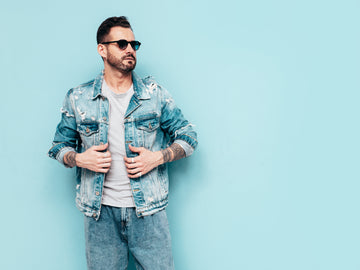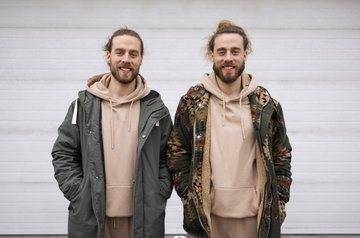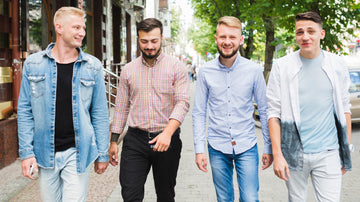Patterns and textures play a significant role in the visual composition of men’s clothing. Stripes, checks, plaids, and solids have been used for centuries to create visual variation, indicate group affiliations, or differentiate garments for specific occasions. Each pattern type has its own history; for example, tartan plaids originated in Scotland as a way to distinguish clans, while pinstripes became associated with business attire in the early 20th century.
Textures in men’s clothing are influenced by weaving and finishing techniques. Ribbing, herringbone, and twill are examples of weaves that produce distinctive surface appearances, which can affect the overall structure of a garment. Advances in textile manufacturing have also introduced complex textures that were previously difficult to achieve, expanding the options available in clothing construction.
Understanding patterns and textures provides insight into how garments are perceived and how they interact within a complete outfit. Designers and consumers consider visual contrasts and alignment when combining pieces, which can influence the overall look and feel of an ensemble. Studying these elements offers a practical foundation for analyzing trends and observing how historical techniques inform contemporary clothing design.



